Next time you’re stuck in a corner at a cocktail party and need to resuscitate a dying conversation, the world of 3D printing might provide just the right jolt. Try tossing out this seemingly simple trivia question: Which of the following happened first:
- The first Macintosh Computer is released by Apple
- The first email message is sent and received
- The first key breakthrough in 3D printing occurs
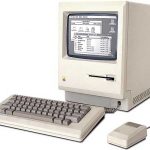
Casual history fans might assume that those three events happened in the order they’re listed. Those who are a bit more tech savvy might (rightly) offer that the first happened more than a decade after the second. And those proudly carrying a “geek card” will surprise everyone else by explaining that the infancy of 3D printing also predates Apple’s release of the first Macintosh in 1984 (which, if you still have one floating around in your attic, might net you a cool $1,000 as a collector’s item).
Yet despite being researched for decades, it’s only in recent years that 3D printing has really hit its stride, being put to use or strongly considered in everything from personalized, single-pill medicines to “eyeglasses for one” to robotic flowers sporting real nectar to attract real bees.
Today, the true power of advanced 3D printing is scaling up as researchers explore options for using it to quickly and cost-effectively build big objects for use on land (like, say, a single-family home) or under the sea (including print-on-demand submarine parts).
3D Print Your New House—in a Day
Based in Silicon Valley, nonprofit New Story is generating considerable media attention around its bold, open-source idea: Use 3D printing with concrete to build a home in just 24 hours.
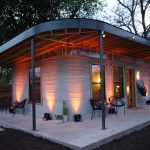
Working with construction-tech company Icon, New Story developed an oversized 3D printer (called “Vulcan”) which uses a proprietary concrete mixture that is fluid enough to push through the printer’s nozzle and form one-inch-thick slabs. Zooming back-and-forth and up-and-down with striking efficiency, the Vulcan can print the walls of a 600-to-800 square-foot home in less than a day (all while using little manpower).
New Story had already mastered the process of building simple concrete homes for $6,500, which is ideal for providing basic shelter in poor, developing nations. With a staggering 97% of projected population growth through 2030 coming from those developing nations, there’s an acute need to build feasible shelters as fast and inexpensively as possible. New Story officials believe that they can eventually reduce the per-unit cost for its 3D printed homes to $4,000 each.
The Vulcan’s use isn’t limited to standard planned developments, though. Since it has a built-in generator to help supply power in places where stable electricity is a bit dodgy, the technology could be ideal for creating new emergency shelters following natural disasters. A New Story demonstration project planned for this year in El Salvador should help test the viability of the Vulcan-based approach (at least one researcher, for example, has expressed concern about the technology’s ability to form homes that are effectively earthquake-proof).
An Idea That’s Hardly All Wet: 3D Printing Syntactic Foam for Underwater Use
As New Story pursues its innovations above ground, scientists at the NYU Tandon School of Engineering are exploring how high-quality, complex parts could be created by submersible vehicle manufacturers using commercial 3D printers.
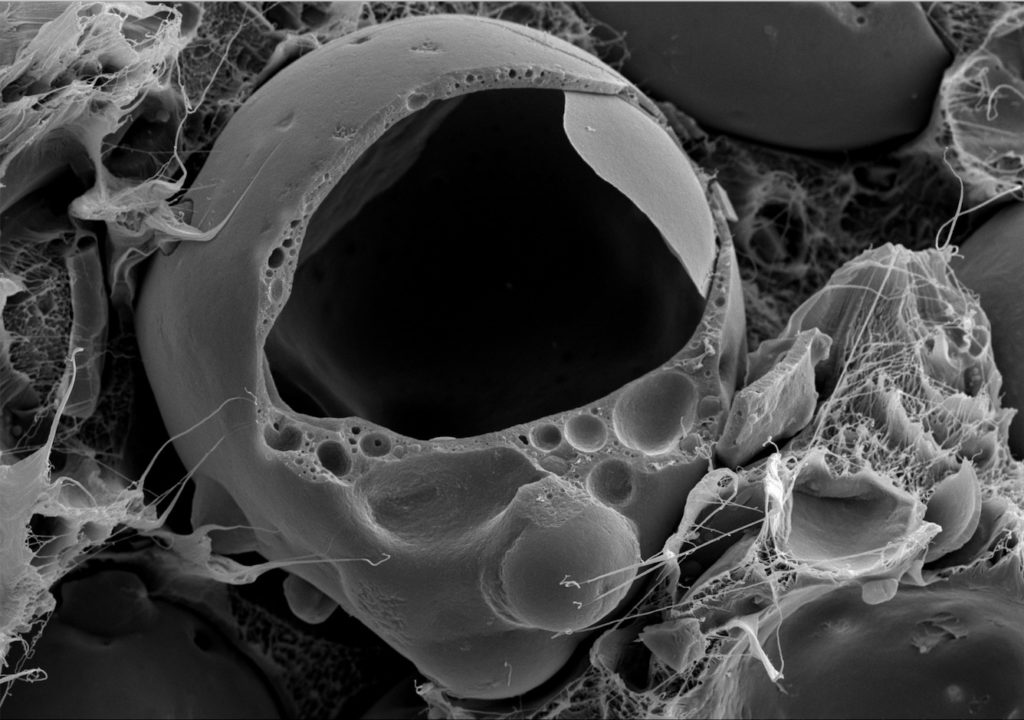
The key is the use of an innovative syntactic foam filament as the base material. Syntactic foams are typically put to work in manufacturing submarines, ships, airplanes and land vehicles. Traditionally, syntactic foams have been created from tiny, hollow, glass or ceramic spheres held together by resins or other materials. The end result is a material that’s lightweight, strong and buoyant—all the right adjectives to describe a material that you challenge to withstand considerable pressure and stresses underwater. Intricate parts would then be made by assembling injection molded syntactic foam pieces with epoxy.
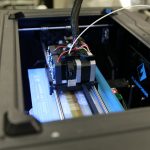
The syntactic foam filament used by the NYU team, though, is made from a unique mixture of recycled fly ash spheres embedded in a high-density polyethylene plastic (HDPE). Its spheres are small enough to flow through a commercial 3D printer nozzle, which suddenly—and dramatically— increases their potential uses. Designers and engineers, for example, could replace individual, injection-molded pieces with single forms 3D printed from NYU’s syntactic foams. That would eliminate potential breaking points at joints, while still maintaining very favorable characteristics around weight and buoyancy.
If 3D printing is already making a difference on “land and sea,” how might it be poised to make a difference in “air” or aerospace?
The Innovation, Inspiration & Ideas blog was created to share stories and profiles of companies, products and individuals creating innovation in business through inventive material solutions. For more information on why we launched it, read our blog introduction.
Also in Industry Inspiration:

Using Carbon Dioxide to Make Plastics
in Industry InspirationScientists at Rutgers have developed catalysts that can convert carbon dioxide into plastics, resins, fabrics and more. Since carbon dioxide has been identified as a major cause of… Read More
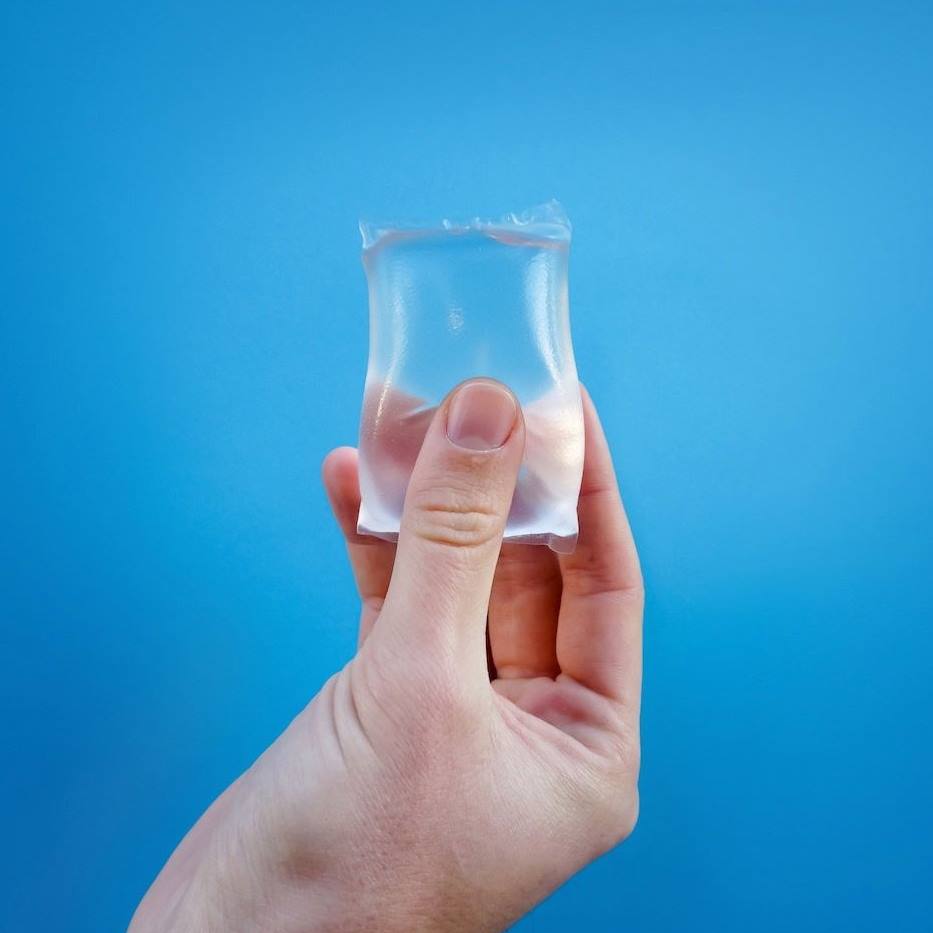
Edible Water Bottles: the next big thing?
in Industry InspirationEdible water bottles could be in your future thanks to London-based startup Skipping Rocks Lab. Their first product, Ooho, makes you rethink “water on the go.” The idea behind Ooho… Read More
